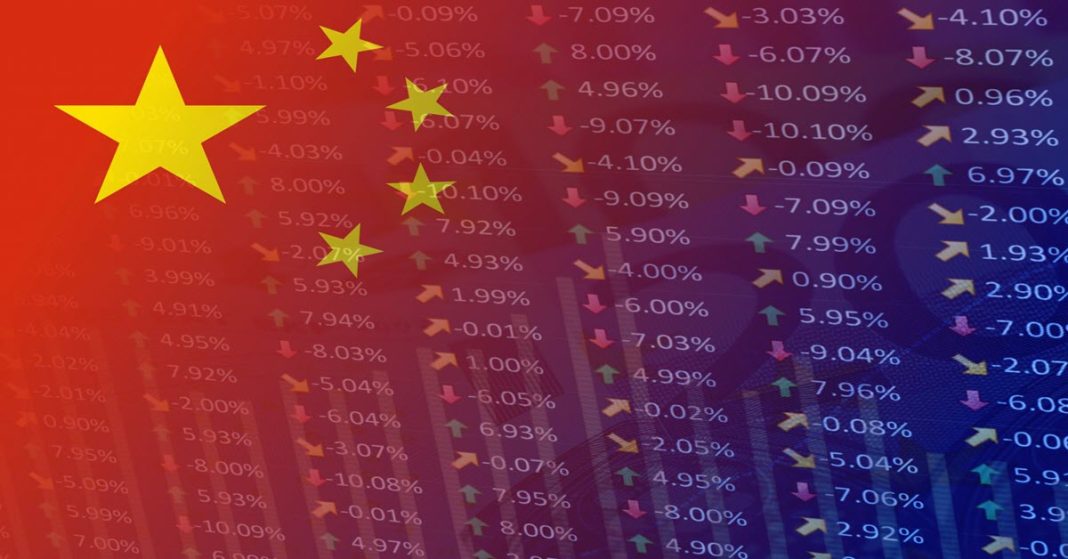China’s $1.4 trillion economic stimulus package, announced in late 2024, underscores the government’s resolve to reinvigorate its economy amid sluggish growth and mounting debt. Central to this effort is a strategic focus on clean energy and high-tech industries, with the electric vehicle (EV) sector emerging as a linchpin in the broader recovery plan. By channeling resources into EV infrastructure and green innovation, Beijing is not only addressing short-term economic challenges but also accelerating its transition toward carbon neutrality by 2060.
Nio Inc. (NIO), a key player in China’s EV market, appears well-positioned to benefit from these measures. Known for its premium vehicles and innovative Battery-as-a-Service (BaaS) model, Nio could capitalize on heightened consumer interest and improved operational conditions spurred by the stimulus. However, the company’s journey to capitalize on this opportunity is not without hurdles, as competition and financial challenges remain key areas of concern.
Why EV Stocks Could Benefit
China’s stimulus package reflects a dual commitment to economic stability and sustainable development. Apart from addressing local government debt through a $1.4 trillion restructuring plan, the initiative earmarks substantial funds for green infrastructure, including renewable energy projects and EV-related investments. With EV sales already comprising one-third of all passenger vehicle sales in China, the government’s support aims to amplify this trend further.
The implications for EV manufacturers like Nio are significant. Consumer subsidies for electric cars are expected to extend beyond entry-level models, benefiting mid-tier and premium vehicles as well. This could directly boost sales of Nio’s flagship models, such as the ET7 and the ET5 Touring, which cater to high-income and tech-savvy consumers. Moreover, government-backed expansions of charging and battery-swapping stations align closely with Nio’s BaaS offering. These enhancements can improve operational efficiency, reduce range anxiety for users, and bolster adoption rates.
Additionally, the package includes measures to stabilize supply chains for critical EV components like batteries and semiconductors. This could alleviate cost pressures and mitigate risks associated with supply disruptions, providing companies like Nio with a more predictable production environment.
Nio’s Position in the Chinese EV Market
Nio has steadily risen as a prominent force in China’s competitive EV landscape. In Q3 2024, the company delivered 61,855 vehicles, a year-over-year increase of 11.6%, demonstrating resilience in a challenging economic climate. Nio’s dominance in the premium segment, commanding over 40% of the market for EVs priced above RMB 300,000, reflects its strong brand equity and consumer appeal. The introduction of the family-oriented ONVO L60 SUV further diversifies its portfolio, enabling it to cater to a broader customer base.
From a financial perspective, Nio recorded revenues of RMB 18.67 billion ($2.66 billion) in Q3 2024, reflecting a 7% sequential increase. While operating losses remain significant at RMB 5.24 billion, gross margins have improved to 10.7%, driven by optimized production costs and higher-margin after-sales services. The company’s strategic investments, including RMB 10 billion allocated to Nio China for expanding production capacity, highlight its focus on long-term growth.
Looking ahead, Nio’s product roadmap includes the launch of the ET9 flagship sedan and Firefly, a boutique brand targeting compact car buyers. These developments could strengthen Nio’s foothold in both premium and entry-level segments, broadening its addressable market and enhancing revenue streams.
Challenges to Watch
China’s EV market is among the most competitive globally, with major players like BYD Company Limited (BYDDY), XPeng Inc. (XPEV), and Tesla, Inc. (TSLA) vying for dominance. BYD’s cost-efficient manufacturing and Tesla’s aggressive pricing strategies have intensified the pressure on Nio to differentiate its offerings. Maintaining its leadership in the premium segment will require continuous innovation and superior customer engagement.
Meanwhile, the supply chain remains a critical vulnerability. Global shortages of raw materials like lithium and nickel, compounded by geopolitical tensions, could disrupt production timelines and inflate costs. While the government’s package aims to stabilize these supply chains, Nio’s reliance on external suppliers for batteries and semiconductors still exposes it to significant risks.
Profitability is another pressing concern. Despite achieving an improved gross margin of 10.7%, Nio’s operational losses remain high, driven by substantial investments in research and development (RMB 3.32 billion in Q3 2024) and marketing. Balancing growth aspirations with financial discipline will be pivotal to its long-term viability.
Additionally, macroeconomic factors could create headwinds. China’s broader economic challenges, such as a sluggish real estate sector and softening export demand, might dampen consumer spending, impacting EV sales even with government incentives in place.
Investment Outlook
For investors, Nio presents a compelling growth story within China’s burgeoning EV market. The company’s innovative business model, premium positioning, and alignment with government priorities place it in an advantageous position to benefit from the stimulus package. Its focus on battery-swapping technology and high-end smart vehicles caters to evolving consumer preferences, offering a unique value proposition.
However, Nio remains a high-risk investment. Challenges such as intensifying competition, profitability concerns, and supply chain vulnerabilities require careful monitoring. For those willing to weather volatility, Nio offers exposure to one of the fastest-growing segments in the global auto industry. Conversely, risk-averse investors may prefer to wait for clearer signs of operational and financial stability before committing. The stimulus package provides a promising tailwind, but execution and market dynamics will ultimately determine the company’s trajectory.


